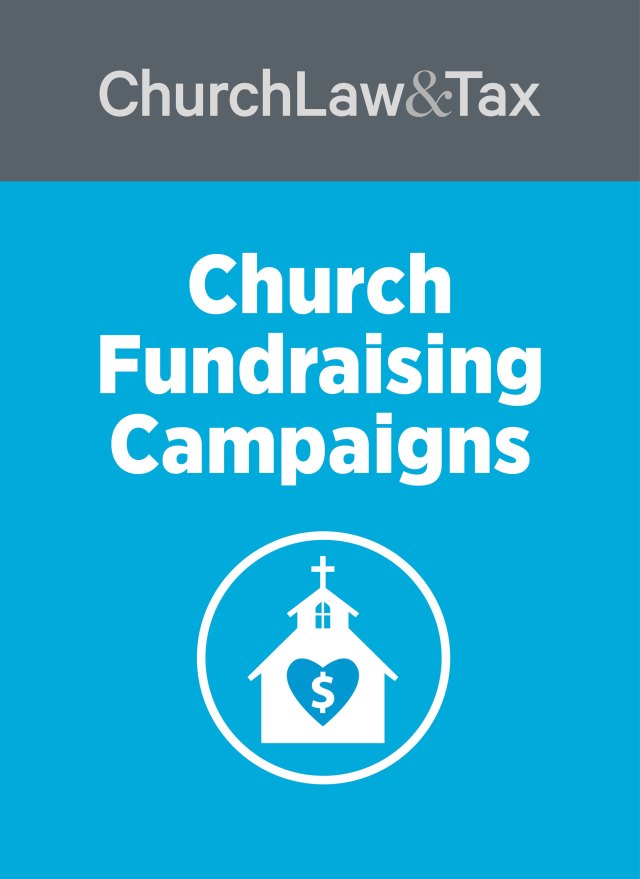Key point: Contributions to a church benevolence or scholarship fund may not be tax deductible if the "class of potential beneficiaries" is only one or a few people.
The IRS recently addressed the issue of "benevolence funds" established by charitable organizations.
Here are the facts. A hospital employing 2,900 people established a restricted fund (the "fund") to provide emergency assistance to financially needy persons who suffer economic hardship due to accident, loss, or disaster. Over 9,000 people, including approximately 2,900 current employees, 600 former employees, 400 volunteers, and their immediate families (the "beneficiaries") are eligible to receive assistance from the fund. The fund consists of contributions received from the hospital and its employees and former employees. The fund is administered by an employee committee made up of approximately 25 employees. Members of the committee serve without compensation and are not eligible to benefit from the fund while serving. In accordance with the fund bylaws, the committee reviews a potential beneficiary's application to determine the need for emergency financial assistance and the availability of resources in the fund to meet that need. A typical grant might consist of $200 to $500 paid to a utility company or other provider of an essential service to a beneficiary, or a grant of food vouchers redeemable for groceries. No beneficiary has any vested right to receive assistance, nor is there any guarantee that funds will be available at any time.
Contributions to the fund are made on a voluntary basis and may not be earmarked for a particular recipient. Employees may make cash contributions, either directly to the fund or through payroll deductions. Once each year, employees may donate the cash equivalent of all or part of their accumulated earned time, which consists of vacation, sick, and holiday benefits, to the fund. Where the employee donates earned time to fund, that earned time is reported as taxable income to the employee. In 1991, 541 employees, or 19%, made donations to the fund averaging $25.00 per donation. The hospital asked the IRS if employees' cash contributions to the fund were deductible as charitable contributions. The IRS began its ruling by noting that a tax-deductible charitable contribution must be made "to or for the benefit of" a tax-exempt charitable organization, and that the donor must intend to benefit the charity rather than a specific individual or small group of individuals. As a result, a deduction may be denied if the class of potential beneficiaries of a donor's contribution is too small. The IRS observed:
A class of beneficiaries designated by the donor … may be challenged where the class of prospective beneficiaries is so limited in size that the donee organization is considered to benefit specified individuals. Such contributions must be examined in light of the totality of the surrounding facts and circumstances to determine if the class of beneficiaries is too narrow to qualify the contributions for a deduction under section 170 of the Code. An example of too small a class can be seen in Charleston Chair Co. v. U.S., 203 F. Supp. 126 (E.D.S.C. 1962). In that case, a corporation was denied a deduction for amounts given to a foundation established to provide educational opportunities for employees and their children where the foundation's educational benefits inured to only four children of the corporation's employees and where 30 percent of the foundation's income was paid to the son of the corporation's president and foundation trustee.
In this case, the IRS concluded that the class of potential beneficiaries was sufficiently large:
[A]ll awards of the fund are payable only after a determination of need in the discretion of the committee. Contributions may not be earmarked and there is no guarantee that funds will even be available for past contributors should they have a need arise and apply to the fund for assistance. Thus, contributions cannot be made to the fund with an expectation of procuring a financial benefit. The fund derives its income from voluntary contributions and no part of its income inures to the benefit of any individual. The class of potential beneficiaries consists of several thousand employees … as well as their families. Such a class of beneficiaries is not so limited in size that the donee organization is considered to benefit specified individuals.
As a result, the IRS concluded that employees' cash contributions to the fund were tax-deductible. What is the significance of this ruling to church leaders? First, note that it was a private letter ruling, and that such a ruling is directed only to the organization that requested it. Further, federal law prohibits such rulings from being used or cited as precedent in other cases. However, private letter rulings are useful in predicting how the IRS will rule in similar cases, and in this sense they are relevant. This ruling suggests that donations to church benevolence funds or scholarship funds may not be tax deductible if the "class of potential beneficiaries" is too small. For example, assume that a church establishes a "scholarship fund" to benefit members who are attending seminary, and that only one member currently attends a seminary. Can that student's parents contribute thousands of dollars to the church's scholarship fund and then claim a tax deduction for their contributions? Obviously not, since the class of potential beneficiaries is too small. In each case, the IRS noted that "[s]uch contributions must be examined in light of the totality of the surrounding facts and circumstances to determine if the class of beneficiaries is too narrow to qualify the contributions for a deduction under section 170 of the Code." IRS Private Letter Ruling 9316051.




